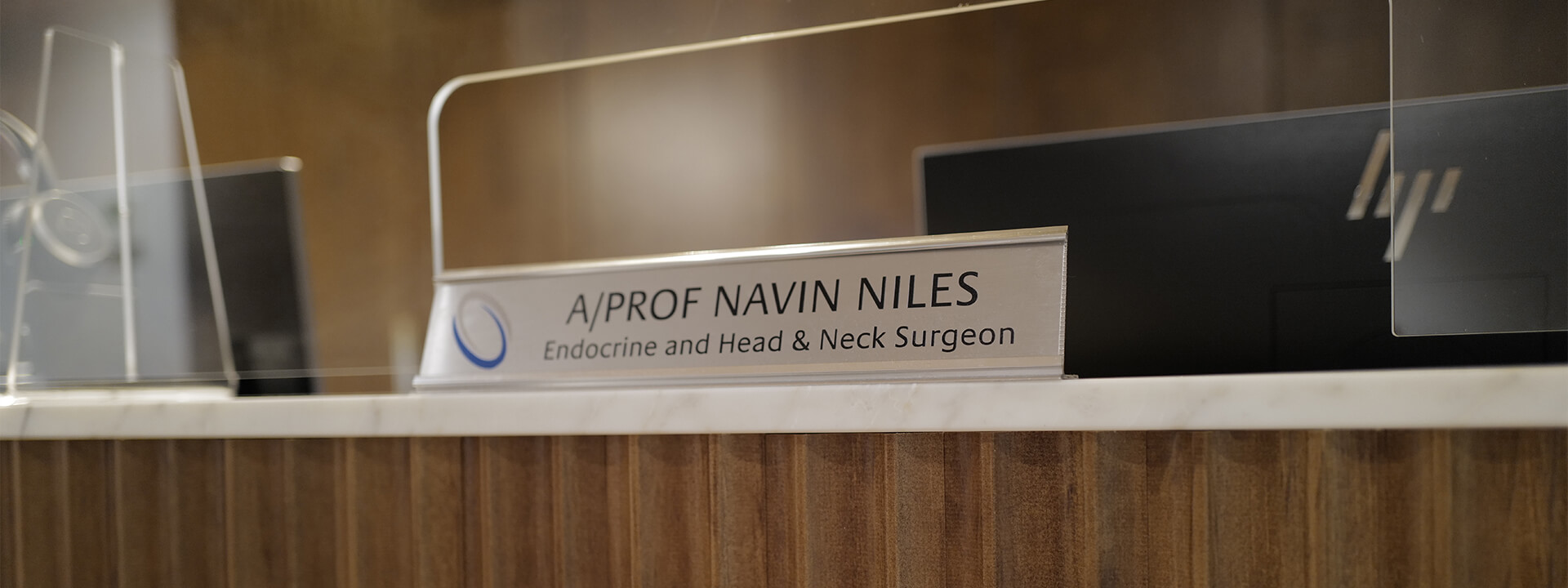The Parathyroid Glands: Anatomical and Ectopic Locations
The parathyroid glands are tiny yet vital endocrine organs responsible for regulating calcium balance. Though small — usually no larger than a grain of rice — their location and variation hold great surgical significance. For endocrine surgeons, understanding both their normal anatomy and potential ectopic positions is key to successful parathyroidectomy and the prevention of postoperative hypocalcaemia.
1. Embryologic Origins: Setting the Stage
The parathyroid glands develop from the third and fourth pharyngeal pouches during the fifth to sixth week of gestation.
• Superior parathyroid glands arise from the fourth pharyngeal pouch.
• Inferior parathyroid glands arise from the third pharyngeal pouch, which also gives rise to the thymus.
As development progresses, the thymus descends into the anterior mediastinum, and it pulls the inferior parathyroid glands with it, leading to their variable final positions. The superior glands, in contrast, descend only a short distance, resulting in a more consistent anatomical location.
This embryological migration explains why ectopic parathyroid glands are not uncommon and why the inferior glands show greater positional variability than the superior ones.
2. Normal Anatomy: The Typical Four Glands
In most individuals, there are four parathyroid glands — two superior and two inferior.
Superior Parathyroid Glands
• Origin: Fourth pharyngeal pouch
• Typical position: Posterior aspect of the middle third of the thyroid lobe, near the cricothyroid junction
• Surface landmark: Around the level of the cricoid cartilage
• Relationship: Usually deep to the pretracheal fascia and close to the recurrent laryngeal nerve at the ligament of Berry
Inferior Parathyroid Glands
• Origin: Third pharyngeal pouch (descend with thymus)
• Typical position: Variable — often near the lower pole of the thyroid gland, but may be found anywhere from the inferior thyroid pole to the thymic tongue
• Relationship: Typically anterior to the recurrent laryngeal nerve
In about 80–85% of cases, the glands are found in these typical positions — but the remaining cases test the surgeon’s anatomical intuition.
3. Ectopic Parathyroid Locations: When Migration Goes Astray
Ectopic parathyroid glands result from aberrant migration during embryogenesis. They can be found anywhere along the embryologic pathway of descent.
A. Common Ectopic Locations
| Location | Frequency | Embryologic Explanation |
| Thymic or mediastinal | ~25% | Inferior glands dragged into the mediastinum by the descending thymus |
| Intrathyroidal | ~2–5% | Gland incorporated within the thyroid during its descent |
| Carotid sheath / high cervical | ~5–10% | Failure of migration from the third pouch |
| Retro-oesophageal / para-oesophageal | ~5% | Posterior displacement during descent |
| Tracheo-oesophageal groove | Common | Typical site for superior glands, sometimes considered ‘deep cervical’ |
| Intrathymic | Rare | Inferior glands embedded within thymic tissue |
B. Supernumerary and Missing Glands
• Supernumerary glands: Found in up to 13% of people (often five or six glands)
• Fewer than four glands: In about 3%, one or more glands may be absent or atrophic
These variations are clinically significant in cases of persistent hyperparathyroidism after surgery.
4. Surgical Implications
Locating the Glands
During parathyroidectomy, understanding the embryologic logic behind gland descent helps guide systematic exploration:
1. Start at the usual anatomical position.
2. Trace along the inferior thyroid vessels for inferior glands.
3. If not found, look along the thymic tract into the superior mediastinum.
4. For superior glands, explore the posterior thyroid capsule and tracheo-oesophageal groove.
5. If still elusive, consider intrathyroidal exploration.
Preserving Function
Maintain gland vascularity by preserving the inferior thyroid artery branches. Autotransplant any inadvertently removed or devascularized parathyroid tissue into the sternocleidomastoid muscle.
5. Imaging and Localisation
Modern imaging assists surgical planning:
• Sestamibi scans remain the standard for functional localization.
• 4D-CT and ultrasound offer high-resolution anatomical detail.
• MRI or PET-CT with fluorocholine may be useful in reoperative cases or ectopic mediastinal glands.
6. Clinical Correlations
| Condition | Typical Cause | Notes |
| Primary hyperparathyroidism | Single adenoma (80–85%) | May occur in an ectopic gland |
| Persistent / recurrent hyperparathyroidism | Missed ectopic gland | Common after initial surgery |
| Hypocalcaemia | Removal or devascularization of all glands | Prevented by identifying and preserving viable parathyroid tissue |
7. A Surgeon’s Perspective
The parathyroid glands teach an enduring anatomical truth: embryology guides surgery. Their variable positions remind us that precision in the neck depends on developmental insight. Every parathyroid exploration is a dialogue between the embryonic blueprint and the surgeon’s anatomical intuition.
Conclusion
Though minute in size, the parathyroid glands embody the complexity and elegance of human development. From their predictable ‘posterior thyroid’ positions to their occasional journeys into the mediastinum or thymus, these glands remind us that understanding their embryologic origins is the cornerstone of safe and effective endocrine surgery.
© 2025 — Educational content for clinicians, trainees, and informed patients.
